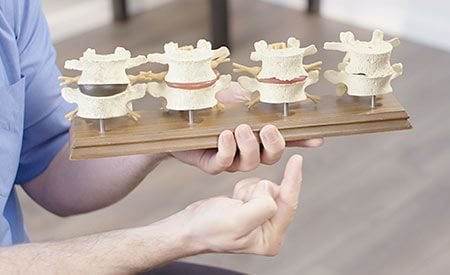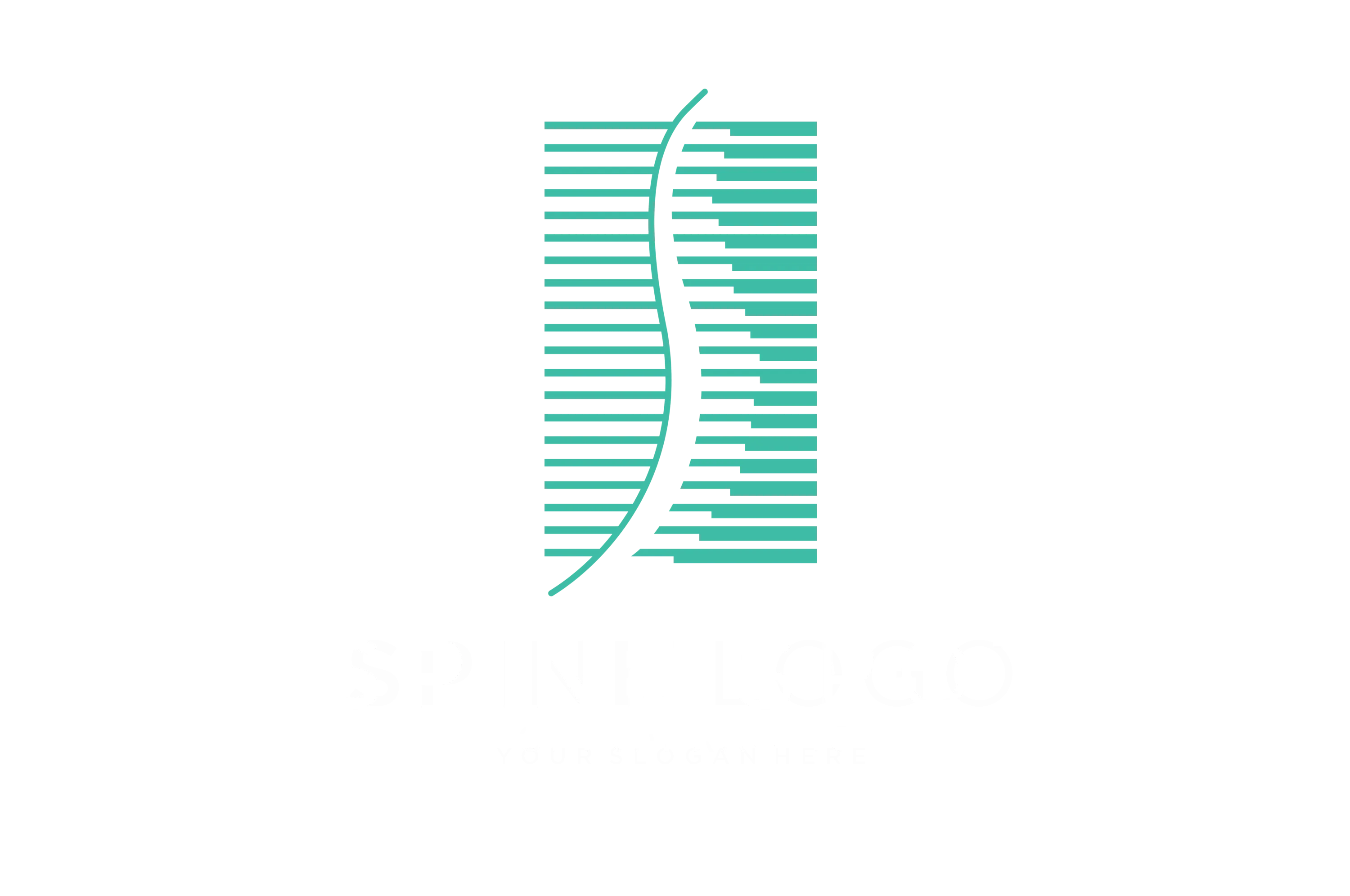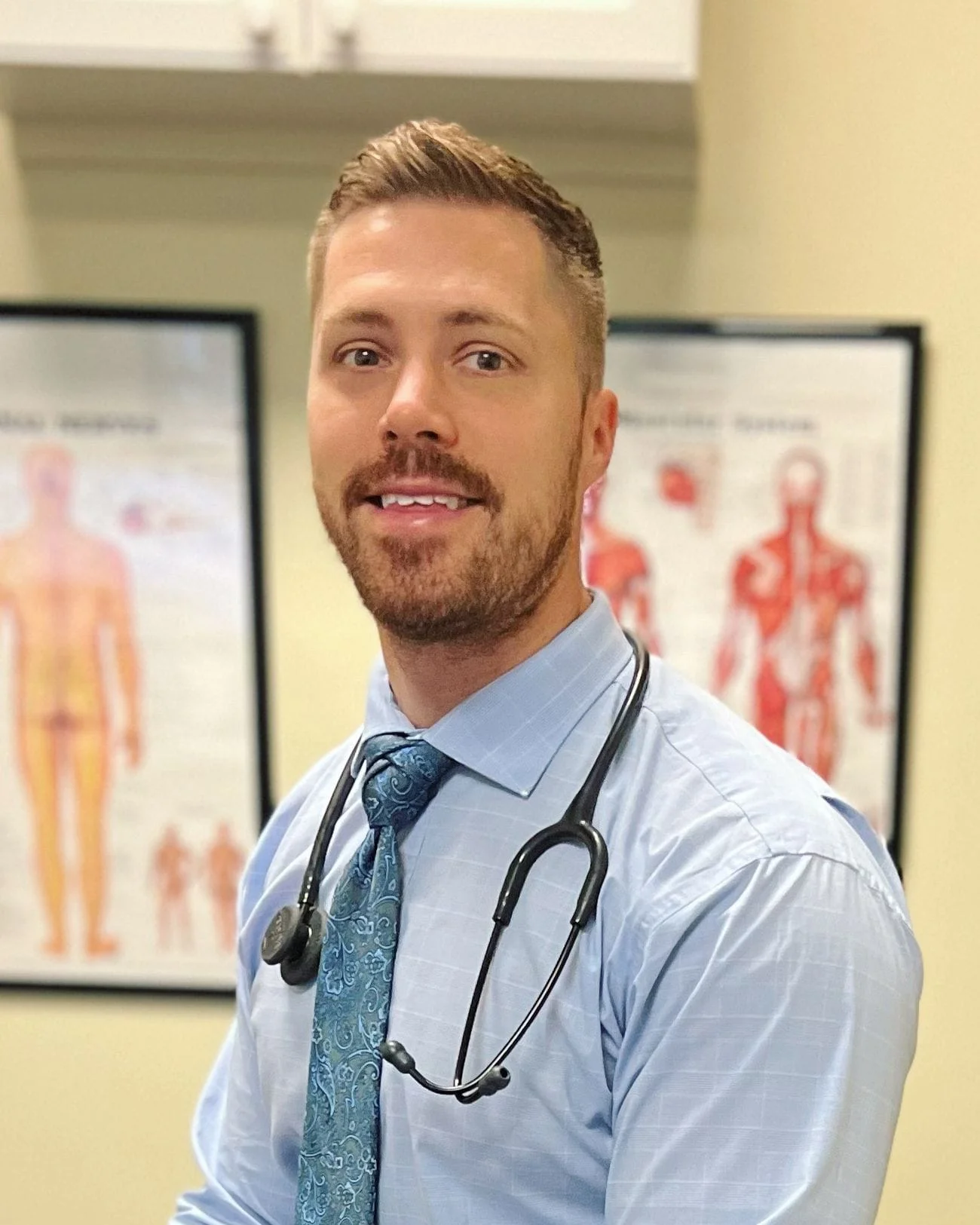How to Keep Your Spine Healthy as You Age
As we age, maintaining the health of our spine becomes increasingly important. The spine plays a crucial role in providing support, flexibility, and protection for the spinal cord. However, the aging process can lead to various spinal conditions and issues, affecting our overall well-being. In this article, we will explore the significance of posture for spine health, managing back pain in older adults, understanding spinal stenosis, addressing degeneration and disc health, as well as preventing and managing osteoarthritis and other spine problems in older individuals.
Why Is Posture Important for Spine Health?
Understanding the impact of posture on spine health is essential for maintaining a healthy spine as you age. Proper posture plays a crucial role in preventing undue stress on your spine, reducing the risk of spinal conditions and back pain. By aligning the vertebrae and supporting the natural curves of the spine, good posture minimizes the wear and tear that can occur with age, ultimately promoting spinal health and function.
Tips for maintaining good posture as you age involve being mindful of your body alignment while sitting, standing, and walking. It's important to sit with your back straight, shoulders relaxed, and feet flat on the floor. When standing, distribute your body weight evenly on both feet and avoid slouching. Engaging in exercises that improve posture, such as yoga and Pilates, can also contribute to supporting your spine as you age.
To help prevent spine problems, it's crucial to support your spine by practicing proper posture consistently, especially as part of the aging process.
Managing Back Pain in Older Adults
Back pain is a common complaint among older adults and can significantly impact daily life. It is essential to understand the common causes of back pain in older individuals, which can be attributed to spinal degeneration, osteoarthritis, or spinal stenosis. Seeking proper treatment options for age-related back pain, such as physical therapy, medication, or in some cases, surgery, can help alleviate discomfort and improve mobility. Additionally, preventive measures including regular exercise, maintaining a healthy weight, and practicing good posture are crucial in reducing the risk of back pain as you age.
Understanding Spinal Stenosis and Its Effects on Aging Spine
Spinal stenosis refers to the narrowing of the spinal canal, which can lead to compression of the spinal cord and nerves, resulting in pain and stiffness, particularly in the lower back and legs. Recognizing the symptoms and signs of spinal stenosis, such as radiating leg pain or numbness, is essential for early intervention and management. Treatment approaches may include physical therapy, anti-inflammatory medications, or in severe cases, surgical procedures to alleviate pressure on the spinal cord. Making lifestyle modifications, such as avoiding activities that exacerbate symptoms and engaging in low-impact exercises, can help alleviate the effects of spinal stenosis on the aging spine.
Addressing Degeneration and Disc Health in Older Adults
The effects of aging on spinal discs and vertebral degeneration can contribute to back and neck pain, as well as decreased mobility. Strategies for maintaining disc health in older age involve staying physically active, incorporating strength and flexibility exercises, and avoiding prolonged periods of inactivity. Additionally, treatments for managing degenerative disc disease in older adults may include chiropractic care, epidural steroid injections, or spinal decompression therapy to relieve symptoms and improve quality of life.
Preventing and Managing Osteoarthritis and Spine Problems as You Get Older
Osteoarthritis can affect the spine, leading to pain and stiffness in the back and neck. Understanding the impact of osteoarthritis on the spine is crucial in implementing strategies for prevention and management. Exercise and lifestyle modifications, including maintaining a healthy weight and participating in low-impact activities, are integral in supporting a healthy aging spine. For individuals experiencing facet joint osteoarthritis in the lumbar portions of the spine, therapeutic treatments such as joint injections and physical therapy can aid in alleviating pain and improving function. Consulting a spine specialist for personalized recommendations is essential for addressing and managing spinal conditions in older adults.
As the spine ages, it is important to be proactive in caring for spinal health. By understanding the impact of posture, managing back pain, addressing spinal stenosis and degeneration, and implementing preventive measures, individuals can support a healthy aging spine, reducing the risk of various spine problems and ensuring overall well-being as they get older.
Chiropractic and your Aging Spine
As we age, our bodies begin to change in ways we might not imagine until they're a part of our reality. The body's skin, bones, and muscles all experience degeneration as time goes on. While it may be easy to notice when our skin begins to show signs of aging, it's not always easy to see such changes on the inside of our bodies until we experience symptoms such as back and neck pain, stiffness, and numbness—all of which are signs of an aging spine. But the wear-and-tear process starts long before we notice any symptoms, with degeneration of our discs starting as early as our first decade of life!
Degeneration tends to be more common in the lower back and neck, with the first outward signs of a degenerating spine typically appearing as lower back pain between the ages of 30 and 50. While we cannot do anything to escape the aging process, there are some things that you—and a chiropractor—can do to help keep your spine healthy as you age.
How Aging Affects the Spine
The spine is a flexible column made up of multiple segments of bone (vertebrae) and discs. The consistency of a disc is rubbery, similar to gelatin. As we age, our discs begin to wear down. Along with thinning, degenerating discs may be accompanied by inflammation, pain, and stiffness. Disc degeneration can also contribute to the narrowing of the spinal canal (open spaces within our spine). This narrowing creates pressure on the spinal cord and is referred to as spinal stenosis, a condition that can cause lower back pain, pinched nerves, numbness, and weakness in the legs. If the jelly-like center of the disc begins to ooze out, as happens when the disc is herniated, it can impinge upon the spinal cord—an additional cause of pain and inflammation.
Other conditions related to aging that impact our spine include arthritis and osteoporosis. While arthritis typically occurs in the joints, it can also affect the bones in the spine. Osteoporosis is a condition that develops as our bones lose density over time. While women are more susceptible to developing osteoporosis, it's important for us all to be mindful of the spine as we age regardless of gender, as loss of bone density can happen to men as well, and this causes vertebrae to become brittle and more susceptible to fractures.
Three Stages of Spinal Degeneration

There are three stages of spinal degeneration that may be experienced with age. During stage 1, the discs begin to lose volume due to fluid loss. This phase may progress faster when a person has a disease. There are usually no symptoms at this point, but it can lead to pain, issues with the joints, and spinal stenosis (narrowing of the spinal canal) later on. Stage 2, spinal degeneration can be detected via bone scans, as the natural curve of the spine will begin to fade. The space originally occupied by discs will start to narrow, and the discs will begin to bulge between the vertebrae. During this stage, a person may also start to grow bone spurs on their spinal joints, and the joint surfaces will become rough. These changes cause the body to become less stable. By Stage 3, the spinal curve will be further gone, and the discs will continue to degenerate—with more narrowing of the spaces between vertebrae and a greater likelihood of herniated discs and bone spurs. There may also be spinal stenosis and ankylosis, or fusion of the vertebrae.
Chiropractic Treatment for Spinal Degeneration
Chiropractors’ main focus is the preservation of spinal health. This is why it’s recommended to seek chiropractic care before there is a problem or pain. Chiropractors can detect degenerating discs via imaging tests such as X-rays before you notice any discomfort. If signs of degeneration are present, our goals are to help care for the spine to relieve pain and slow down the degeneration process, often through regular spinal adjustments or a procedure known as flexion-distraction, a gentle form of traction. This process realigns the vertebrae, restores motion, decreases inflammation, and minimizes added wear and tear. Other interventions may include recommending stretches to help loosen any tight muscles that are contributing to pain along with exercises that help strengthen back muscles and improve posture. Diet is also important for a healthy spine as we age, so nutritional counseling may be offered as well.
Why Seek Chiropractic Care for Spinal Degeneration?
Chiropractors can detect degeneration in its early stages before it causes big problems. Research suggests that chiropractic care is an effective method for treating spinal issues related to aging in a less invasive manner than many treatment methods that may be recommended by medical doctors. This makes regular spinal adjustments a good first line of defense for treating back pain, or simply getting proactive about spinal health.
You can do your part to keep your spine healthy by avoiding a sedentary lifestyle. Keeping active and moving—along with receiving chiropractic treatment—is the best way to help prevent or alleviate back pain as we grow older. Since spinal degeneration starts early and is not reversible, it's never too soon to start getting regular adjustments. In addition to spinal correction, we can recommend additional therapies to help alleviate aches and pains that have developed over the years. No one should have to suffer or feel like major surgery is the only answer for back pain when chiropractic treatment can help.
More about Wellness Care
- Stress Relief
- Sleep Quality
- Posture
- Introduction to Wellness And Prevention
- Inflammation Management
- Lifestyle
- Children and Chiropractic Care
- Ergonomics
- Exercise and Stretching
- Anxiety and Depression
- Aging and Your Spine
- Family Chiropractic




